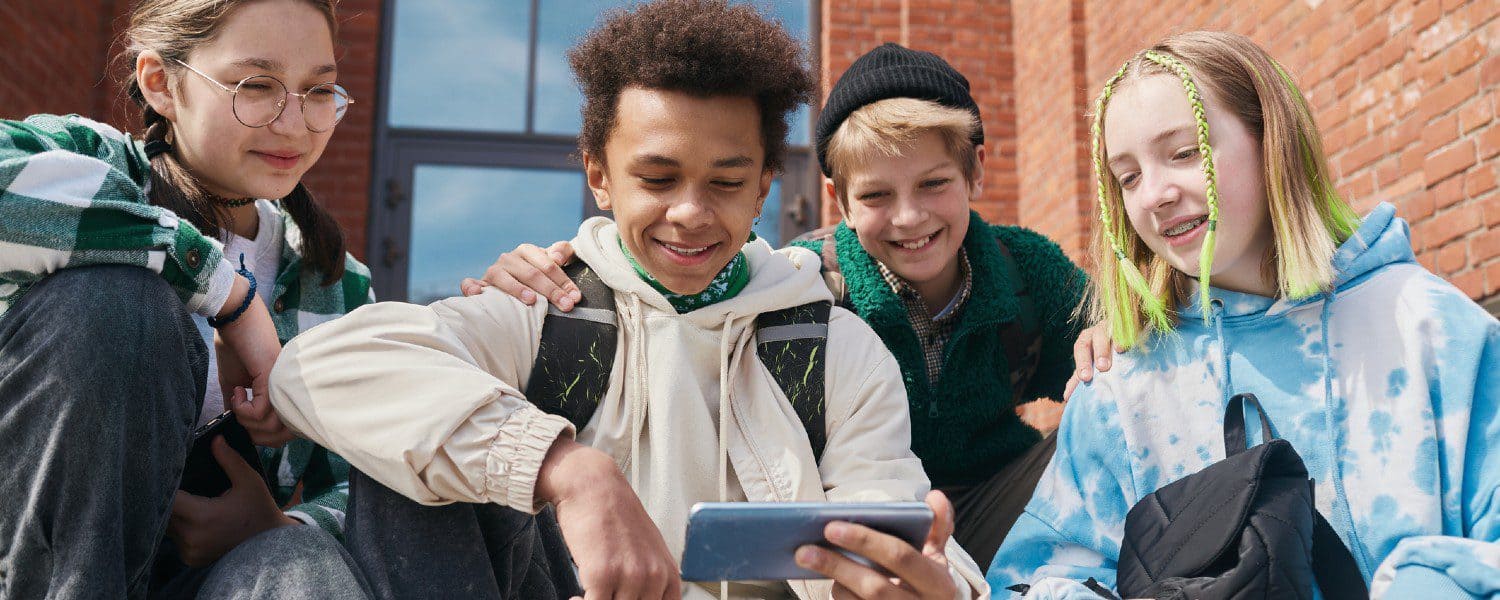Whoa!
Why Different Cultures Dream in Different Colors
Did you know that people from different cultures don't just dream about different things – they actually experience dreams differently? From color perception to narrative structure, our cultural background and language profoundly influence how we dream and remember our dreams.
Mind-Blowing Fact: Studies show that people who speak languages with more specific color terms remember more color variations in their dreams than those whose languages have fewer color words!
Language Shapes Dream Color
The Himba people of Namibia, whose language categorizes colors differently from English, report seeing different color patterns in their dreams compared to Western dreamers. This isn't just about preference – it's about how language literally shapes our ability to perceive and remember colors, even in dreams.
The Digital Age Effect
Before color television, many people reported dreaming primarily in black and white. Today, almost everyone reports color dreams, but the specific colors they remember vary by culture and media exposure. This shows how our technological environment influences our dream experiences.
Research Shows: Bilingual people often report different dream experiences depending on which language they're currently using most frequently.
Dream Narratives Across Cultures
Languages with different narrative structures produce different dream stories. Cultures with circular storytelling traditions often report dreams with recurring patterns, while those with linear narratives tend to remember dreams as sequential events. The way we talk about time in our waking life shapes how we experience time in dreams.
The Role of Writing Systems
Fascinating differences emerge between cultures using different writing systems. Readers of logographic scripts like Chinese often report more visual dreams, while alphabet users tend to remember more verbal content. This suggests that how we process written language affects our dream processing.
Cultural Discovery: Japanese speakers often report dreams featuring kanji characters, while English speakers rarely see alphabetic letters in their dreams!
Sound and Language in Dreams
The phonetic structure of our native language influences dream soundscapes. Tonal language speakers report more musical dreams, while speakers of stress-timed languages like English remember more rhythmic patterns. Even in silence, our linguistic background shapes our dream experience.
Modern Communication Impact
Text messages, emojis, and social media are creating new dream patterns. Young people increasingly report dreaming in text bubbles or seeing emoji reactions in their dreams. This shows how modern communication tools are becoming integrated into our subconscious visual language.
Dream Insight: People who regularly use multiple communication platforms report more varied and technologically integrated dream experiences.
Cultural Dream Symbols
While some dream symbols appear universal, many are culturally specific. These differences often align with linguistic patterns. Cultures with more words for certain concepts tend to dream about those concepts in more detail, showing how vocabulary depth influences dream complexity.
Key Takeaways
Essential insights about cultural dream patterns
Our dreams aren't just personal experiences – they're shaped by our cultural and linguistic background. From color perception to narrative structure, the language we speak and the communication tools we use profoundly influence how we experience and remember our dreams. Understanding these differences helps us appreciate both the diversity of human experience and the deep connection between language and consciousness.



